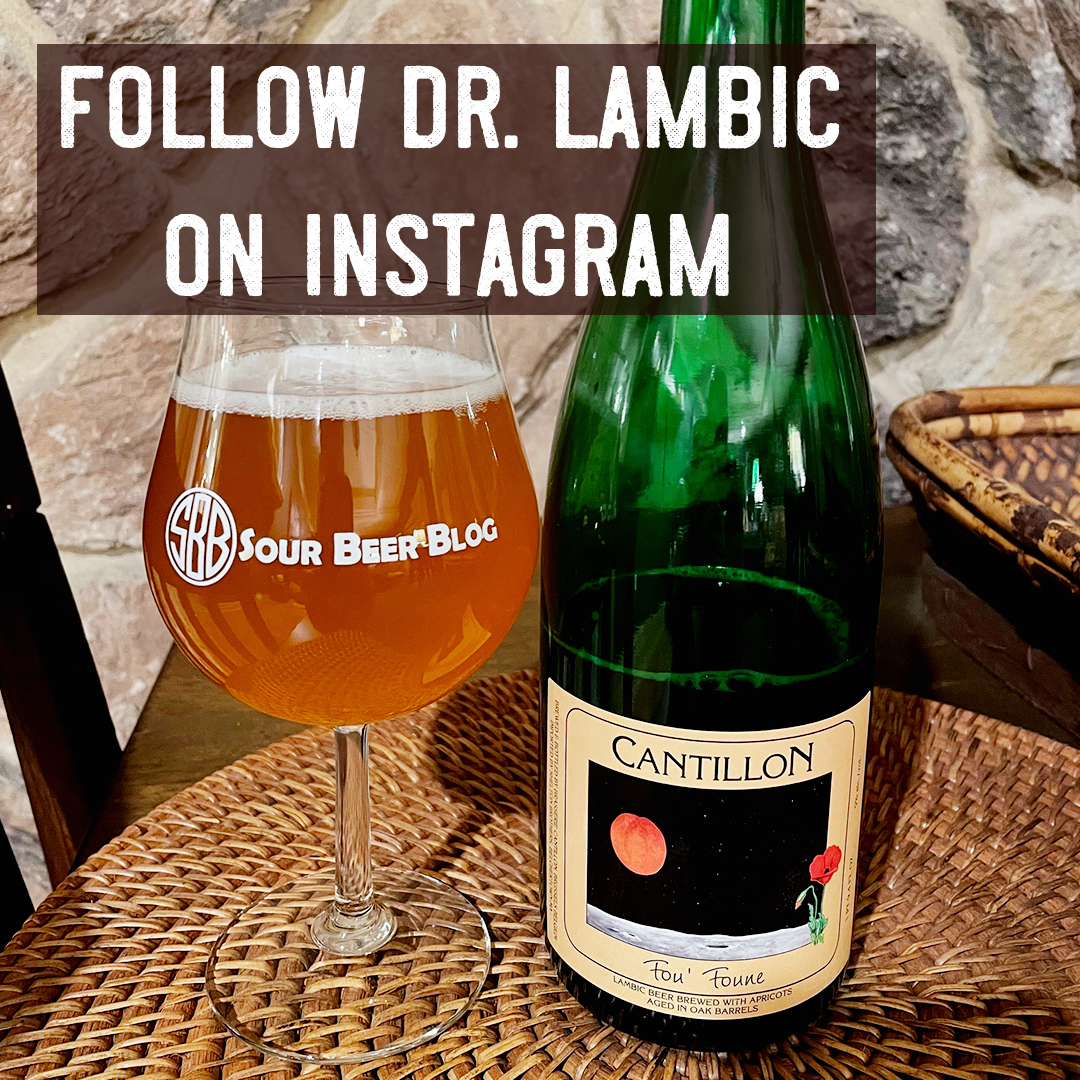Hello Sour Beer Friends!
The lambic beers of Belgium, and more specifically Oude Gueuze blends, have always held a special place in my heart and mind. In my pre-brewing years, the flavors of Hanssens Oude Gueuze sparked my love for sour beers as a whole. Lambic styles, and the brewers who create them, continue to inspire my brewing and blending program today with their subtle and balanced array of aromatics, bright acidity, and unique flavors.
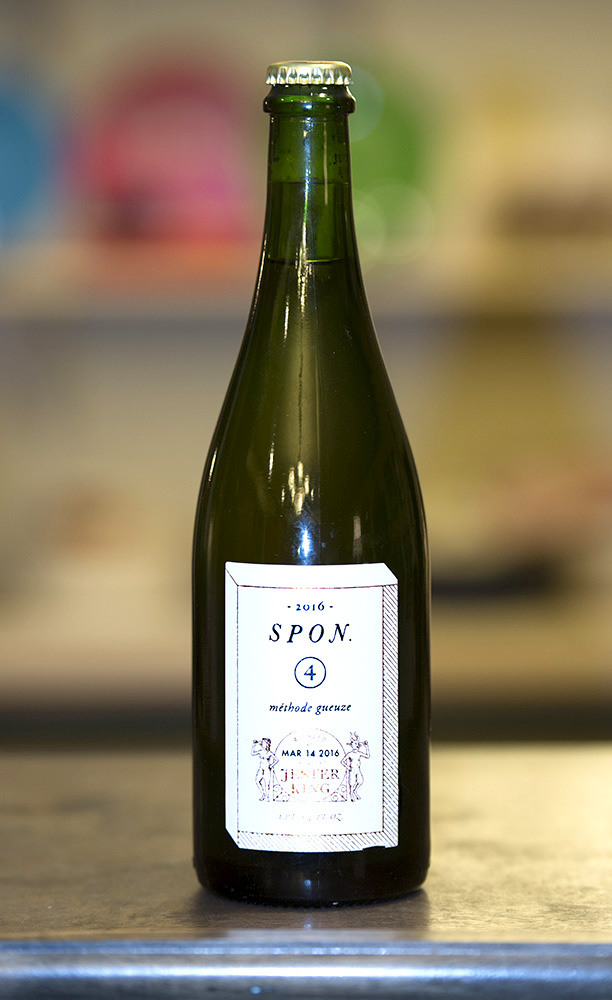 When I learned several years ago that Jester King, a farmhouse brewery well known for quality beer, was developing its own spontaneous fermentation program, I eagerly anticipated the release of their first blends. Well luckily the wait is over! In late November, about one month before this writing, Jester King released the first round of beers from their spontaneous program, aptly named Spon 2016 – Méthode Gueuze. To my great enjoyment, I recently had the opportunity to sit down with both pro-brewer and fellow site author Cale Baker as well as the president of my local homebrewing club, to taste a bottle from this release!
When I learned several years ago that Jester King, a farmhouse brewery well known for quality beer, was developing its own spontaneous fermentation program, I eagerly anticipated the release of their first blends. Well luckily the wait is over! In late November, about one month before this writing, Jester King released the first round of beers from their spontaneous program, aptly named Spon 2016 – Méthode Gueuze. To my great enjoyment, I recently had the opportunity to sit down with both pro-brewer and fellow site author Cale Baker as well as the president of my local homebrewing club, to taste a bottle from this release!
Not to pass up a prime opportunity for sour beer education, a few days before our tasting I also got the chance to interview one of Jester King’s owners and founders, Jeffrey Stuffings, about their spontaneous brewing program!
Jester King’s spontaneous program began in 2012 with a visit to Brasserie Cantillon and the subsequent installation of their first 15 bbl koelschip. From the very beginning, their program has sought to remain true to the methods used by the lambic brewers of Belgium. This includes the use of 60% malted barley and 40% raw wheat in the grain bill, a traditional turbid mash schedule, an extended 4 hour boil, wort cooling via koelschip, and sole reliance on microbes from the air for spontaneous fermentation. In 2013, only two 15 bbl batches were brewed. These early brews made use of 1.25 lbs per bbl of aged hops, a rate which was lowered to 0.75 lbs per barrel in 2014 and then slightly increased to 1 lb. per bbl in 2015. The 2014 season saw about a dozen koelschip brews and this production was increased again in 2015. Jester King’s pipeline for spontaneous brewing was expanded at the end of 2015 with the installation of a new 30 bbl copper koelschip. The first four Spon blends were created in February and March of 2016 and enjoyed more than 6 months of bottle conditioning before their first private and public releases, another example of adhering to the practices of traditional lambic producers such as Cantillon and Drie Fonteinen.
As a brewer who has always emphasized the importance of blending sour beers, I was very interested to learn more about the creation of Spon 2016 after the brew day. Thankfully, when I spoke to Jeff Stuffings, he was more than happy to share details about the beer’s aging and blending process. The first question that I had was in regard to whether the same variety of barrels were chosen to age Spon as were used in the rest of their brewing and blending programs. The answer was no. While most of their beers are aged in 59 to 60 gallon used wine barrels, their Spon beers were both fermented and aged within 400 to 600 Liter (105-158 gallon) oak puncheons. These large format barrels were chosen both to decrease oxygen pickup and to reduce the amount of actual oak flavor imparted into the beer. Belgian gueuze blenders seek to create a product with a neutral barrel character, as strong oak flavors are not a component in traditional oude gueuze. Remaining true to style, Jester King also seeks to reduce or eliminate the amount of distinct oak flavor picked up during the Spon aging process.
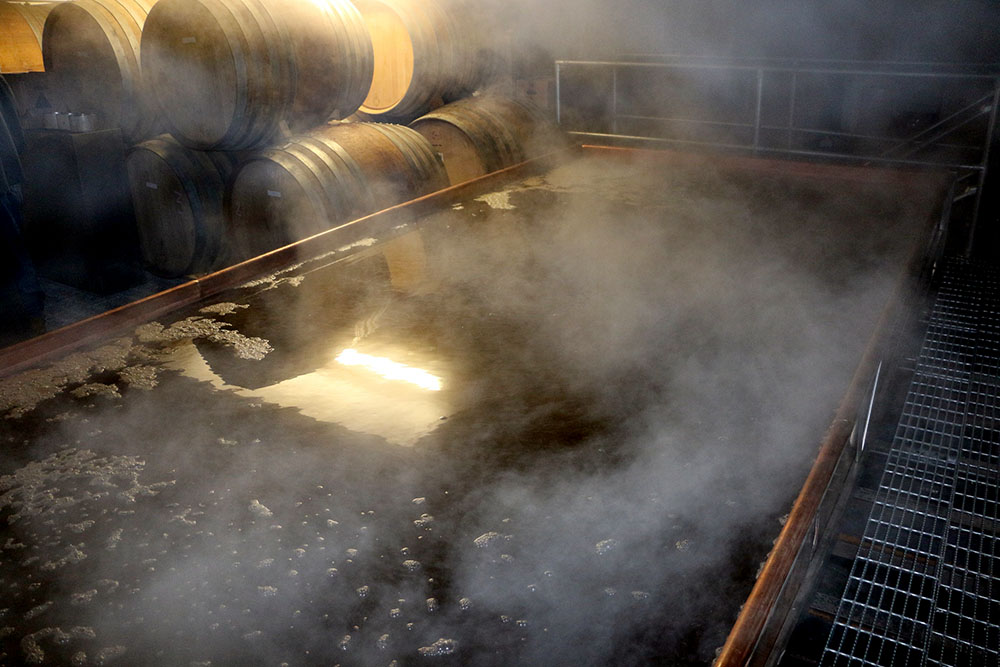
30 BBL Koelschip filling at Jester King. Photo courtesy of Jeff Stuffings & The Jester King Blog.
Since I’ve mentioned lambic beer and brewers several times already, this would be a good time to point out that Jester King does not consider any of their blends to be lambic. The term lambic is an appellation which only applies to beer both produced using these traditional methods and blended within the Senne Valley of Belgium. Therefore, the term lambic directly implies that a beer carrying this name was created within the Senne Valley of Belgium. A similar situation can be found with the term Champagne, which implies both a method of production AND a region for such production to occur.
This left Jester King with a decision to make regarding the naming of a beer which is produced in every sense in accordance with traditional lambic methods but is, of course, created outside of Belgium. In this case, Jean Van Roy of Cantillon recommended the creation of a new title which mirrors a term from the wine world: méthode-champenoise (which refers to sparkling wine made outside of the Champagne region of France). Thus, the name méthode-gueuze was created to designate a beer which is created using the same processes used to produce lambic gueuze, but is done so outside of the Senne Valley region of Belgium.
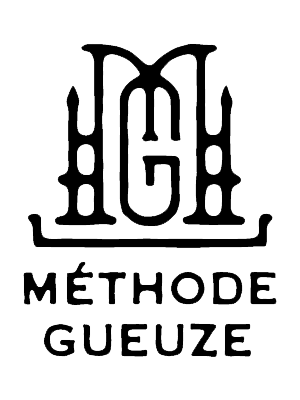 Jester King went a step further than simply “coining a phrase” when they created this name. Rather, they have actually registered Méthode-Gueuze as a Certification Mark under a non-profit organization called the Sour and Wild Ale Guild. This type of registration ensures that any brewer who meets the requirements for the mark’s use, may do so without ownership of the mark or the ability to block others who also meet the requirements from equal use. I think this is a great move for craft brewers who are willing to undergo the investment in time and resources required to make such a beer. The Méthode-Gueuze name and mark implies a lot to potential consumers about the nature of such beers, without disrespecting the heritage of traditional lambic brewers and blenders. For more information about Méthode-Gueuze, check out its Facebook page here.
Jester King went a step further than simply “coining a phrase” when they created this name. Rather, they have actually registered Méthode-Gueuze as a Certification Mark under a non-profit organization called the Sour and Wild Ale Guild. This type of registration ensures that any brewer who meets the requirements for the mark’s use, may do so without ownership of the mark or the ability to block others who also meet the requirements from equal use. I think this is a great move for craft brewers who are willing to undergo the investment in time and resources required to make such a beer. The Méthode-Gueuze name and mark implies a lot to potential consumers about the nature of such beers, without disrespecting the heritage of traditional lambic brewers and blenders. For more information about Méthode-Gueuze, check out its Facebook page here.
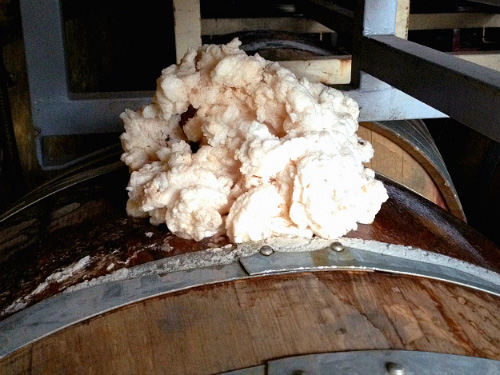
An example of the krausen formed by spontaneous fermentation. Photo courtesy of Jeff Stuffings & The Jester King Blog.
Once the wort leaves the koelschip and is loaded into these puncheons, they are left un-bunged until after the first round of primary fermentation has subsided, a process which usually takes around 2 weeks. It is typical for the wort to experience a lag time of 2 to 4 days before initial fermentation begins, but in some cases this lag time has lasted upwards of 1 to 2 months. I also found it very interesting to learn that certain barrels would undergo multiple rounds of high krausen. After the initial high krausen subsides and the barrels are bunged, this time marks the first pulling of nails to taste the beer. At this early stage, the beer will taste extremely bitter and astringent with quite a high degree of grainy / corny flavor. When sampling after 1 to 2 months in oak, the beer begins to taste cleaner (less bitter and astringent) while still remaining quite rough around the edges. It is at this point that the tasters begin screening the samples for off-flavors.
When asked about the degree of variability seen among barrels within the program, Jeff indicated that there was quite a lot of variation seen in regards to the off-flavors that could occur. However, the beers that did not develop significant off-flavors fell into a more narrow spectrum. Within the first year of aging, the beers that did not develop off-flavors tended to all show similar levels of bitterness and maltiness with subtle variations of fermentation characteristics that tended to be lemony, hay-like, and mildly barnyard in nature.
The most common off-flavors to be found within the program, all of which would lead to that barrel being dumped, were butyric acid, acetic acid, isovaleric acid, wet dog, or a muddy / swampy flavor. Jeff indicated that in their standard farmhouse program, which uses their house mixed culture for fermentation, about 1 in 10 barrels will end up being dumped. On the other hand, within their Spon program, about 1 in 4 to 5 barrels will end up developing off-flavors which require them to be dumped. Barrels that are dumped are typically reused to house future Spon batches, but only after they undergo a thorough rinsing and steam cleaning to reduce any microbial load in the barrels which could interfere with future spontaneous inoculations. Despite the higher degree of loss seen within the program, Jeff spoke to the fact that most off-flavors that would require dumping showed up within the first year of aging, a lucky fact that saves the brewery from having to age beers for up to 3 years only to find out late in that beer’s life cycle that it would be unusable.
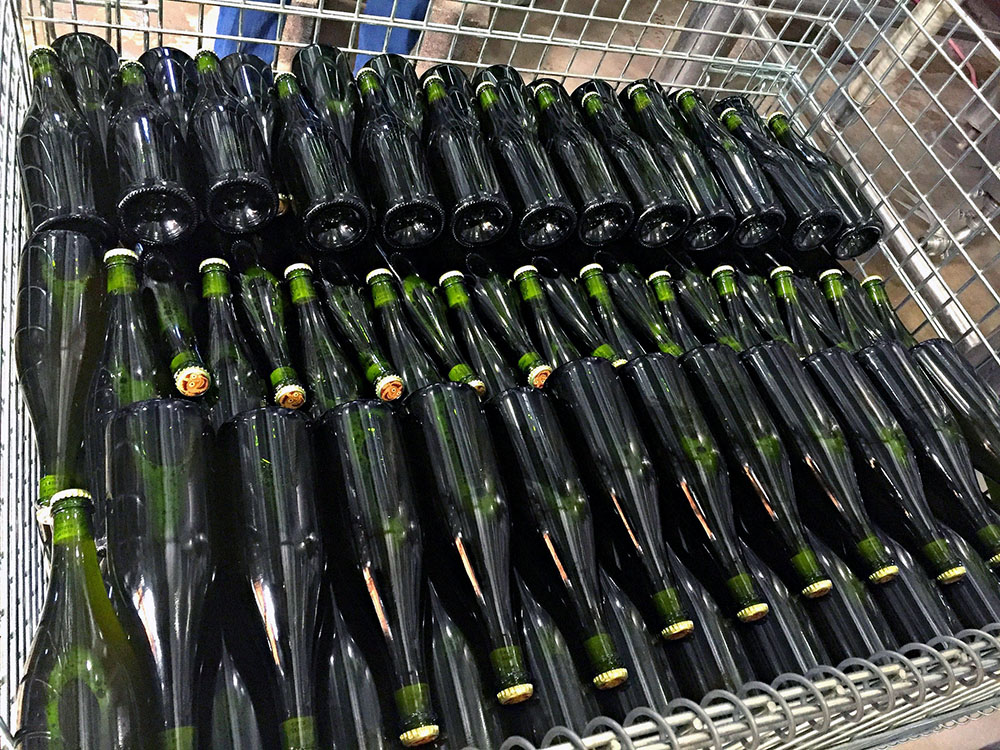
Spon Méthode Gueuze conditioning in the bottle. Photo courtesy of Jeff Stuffings & The Jester King Blog.
When it came time to blend this year’s Spon Méthode Gueuze batches, the beers that were included in the blend were selected based on both their flavor profiles as well as a general adherence to the volume to age ratios used by traditional gueuze blenders. This resulted in approximately 10% of the blend being 3 year old beer, 30% being 2 year old beer, and 60% being 1 year old beer. This blending scheme creates a final product with an average age of 18 months at the time of bottling, which of course means that the average age of Spon Méthode Gueuze is 24 months or more by the time it becomes available for consumption.
I was interested to learn what flavor changes commonly occurred during the six month aging time between bottling and release. Jeff’s answer to this question indicated that the number one change that they noticed was an increase in the overall acidity of the blend. This rise in acidity after bottling occurs in both their Spon blends and the blends coming out of their mixed culture program as well. In both cases, they plan for this increase in acidity by creating a more mellow blend to start with. The other major change that they notice after bottling is an increased presentation of Brettanomyces aromatics. Many of the horsey, hay, and farmyard aromatics are already detectable at bottling time in the Spon components that are more than 12 to 18 months in age, but these characteristics seem to become more present after bottle conditioning as well. Like increases in acidity, this trend towards greater aromatics after bottling is present in their mixed culture program as well. Many of the beers blended from their mixed culture program aren’t as old as the components being used in the Spon blends. As such, their mixed culture beers usually don’t portray strong Brett aromatics at the time of blending, but will begin to show these traits after 6 to 8 weeks in the bottle.
So with all of this blending knowledge in-hand, what does Spon 2016 Méthode Gueuze taste like? In a word: Fantastic.
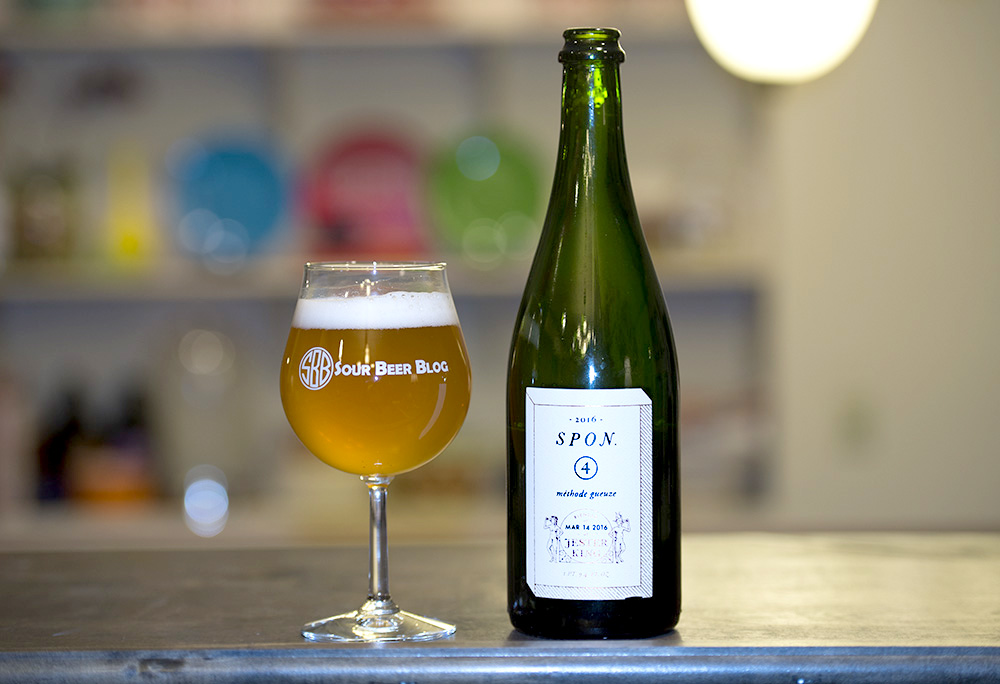 As mentioned before, we recently had the opportunity to taste a bottle of Spon 4, blended on March 14, 2016. The bottle poured a hazy golden straw color with a large volume of bright white head. Our first impression was that this beer smelled like the traditional gueuzes that we’ve become accustomed to from blenders such as Cantillon, Drie Fonteinen, and Tilquin. More specifically, we picked up notes of neutral oak, soft pears, sliced oranges, mineral water, citrus, some fruity white wine grape elements, and a light waxy aroma.
As mentioned before, we recently had the opportunity to taste a bottle of Spon 4, blended on March 14, 2016. The bottle poured a hazy golden straw color with a large volume of bright white head. Our first impression was that this beer smelled like the traditional gueuzes that we’ve become accustomed to from blenders such as Cantillon, Drie Fonteinen, and Tilquin. More specifically, we picked up notes of neutral oak, soft pears, sliced oranges, mineral water, citrus, some fruity white wine grape elements, and a light waxy aroma.
When tasting, we were greeted with a soft and well balanced acidity which melded into a very subtle malt backbone with a moderate level of bitterness and a light tannic astringency. Within our group, the beer’s flavors reminded us of both orange pith and the citrus flavor of slightly under-ripe oranges (no clementine sweetness). There were light neutral oak notes which were present but not predominant. We picked up flavors found in mineral water which reminded us of gueuze blends from Drie Fonteinen while the overall acidity and relatively clean mix of aromatics put us in mind of Tilquin’s Oude Gueuze à L’Ancienne. The beer had a light to medium body with medium carbonation and a very dry, champagne-like, finish. Overall, the blend of flavors was delicious and superbly balanced. In a blind tasting, this beer would easily fall in line with Belgian lambic gueuzes.
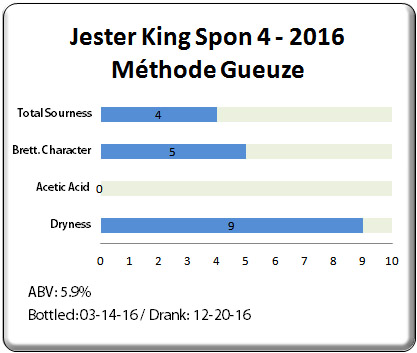 It’s also worthwhile to mention that the brewery’s strict attention to quality and willingness to dump bad barrels showed itself in the blend that we tasted. We detected no off-flavors of any kind. This included a complete absence of acetic acid (vinegar) flavors or ethyl acetate (solvent) aromas, an impressive feat given the average age of the blend’s components.
It’s also worthwhile to mention that the brewery’s strict attention to quality and willingness to dump bad barrels showed itself in the blend that we tasted. We detected no off-flavors of any kind. This included a complete absence of acetic acid (vinegar) flavors or ethyl acetate (solvent) aromas, an impressive feat given the average age of the blend’s components.
To wrap up my interview with Jeff Stuffings, I asked about future plans for the Spon program as well as any new developments at Jester King in general. I was excited to hear about a number of fruit blends that are in the works using their spontaneous program beers. The first two of these blends, cherry & raspberry and apricot & peach, were recently released to the public. In the pipeline are additional blends including two varieties each of red and white wine grapes, as well as a blend using locally grown Texas blueberries.
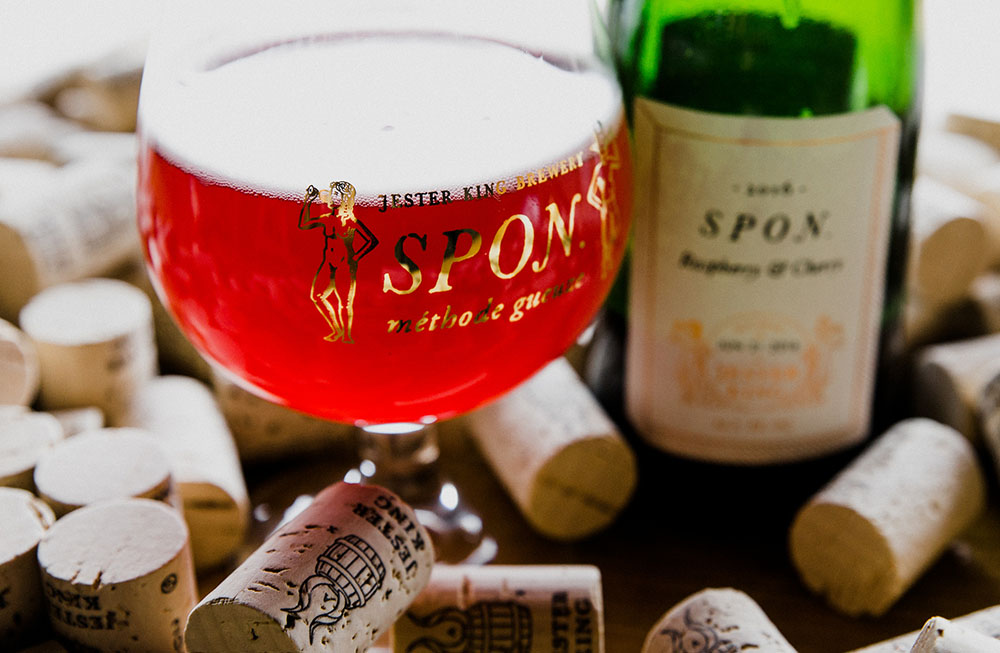
The recently released Raspberries & Cherries blend of Spon. Photo courtesy of Jeff Stuffings & The Jester King Blog.
I was also curious to know whether the beers coming out of their spontaneous program would always remain as a separate product line or whether they may be blended with beers from their mixed culture fermentation program. While no such blends are presently in the pipeline, Jeff said that he has been interested in creating blends of young hoppy or saison-like beers with smaller portions of long-aged spontaneous beers. This process, known as Bière de Coupage, became of interest to Jeff after fellow brewer Yvan de Baets of Brasserie de la Senne discussed the method in an essay on historic saison in the book Farmhouse Ales: Culture and Craftsmanship in the Belgian Tradition (Brewers Publications, 2004). In fact, Jester King’s Das Wunderkind is an example of this type of beer, but to date has only been blended with aged beer from Jester King’s mixed culture program.
Lastly, Jeff was excited to discuss a new project for the brewery: local farming! This past spring, Jester King purchased a plot of land and began farming a number of ingredients for use in their beers such as fruits, vegetables, hops, herbs, and spices. This is an exciting endeavor for a brewery who puts a great deal of emphasis on local terroir and the use of local ingredients. It will be interesting to see how these self-farmed ingredients influence both Jester King’s spontaneous and mixed culture beers in the future.
I don’t think that I am alone among American sour brewers when I say that the practices and products of the traditional Belgian lambic blenders have always been a source of inspiration for my own sour beers. It’s very exciting to see American brewers investing the time and resources required to produce beers by these traditional methods. It’s even more exciting to taste beers such as Jester King’s Spon 2016 and find them to be of superb quality and flavor.
I hope that my discussion of Spon Méthode Gueuze has been both interesting and informative. If you are a craft or home brewer who would like to pursue spontaneous brewing and blending, you will find that the folks currently in discussion of Méthode-Gueuze to be both helpful and encouraging. Furthermore, if you get an opportunity to try any of the spontaneous blends being created at Jester King, don’t pass it up. I personally will be looking forward to tasting any blend that I can get my hands on!
Cheers!
Matt “Dr. Lambic” Miller
I would like to give a special THANK YOU to Jeffrey Stuffings for both his time and help with the creation of this article!
References:
Browne, Amos. “Bière De Coupage: Some Background and History.” Browne and Bitter. 22 Feb. 2016. Web. 20 Dec. 2016.
Stuffings, Jeffrey. “Interview with Jester King’s Jeffrey Stuffings.” Telephone interview. 6 Dec. 2016.
Stuffings, Jeffrey. “Introducing Jester King 2016 SPON — Méthode Gueuze.” Jester King Brewery: BLOG. Jester King Craft Brewery, Web. 20 Dec. 2016.


